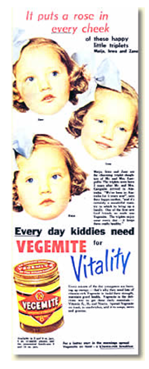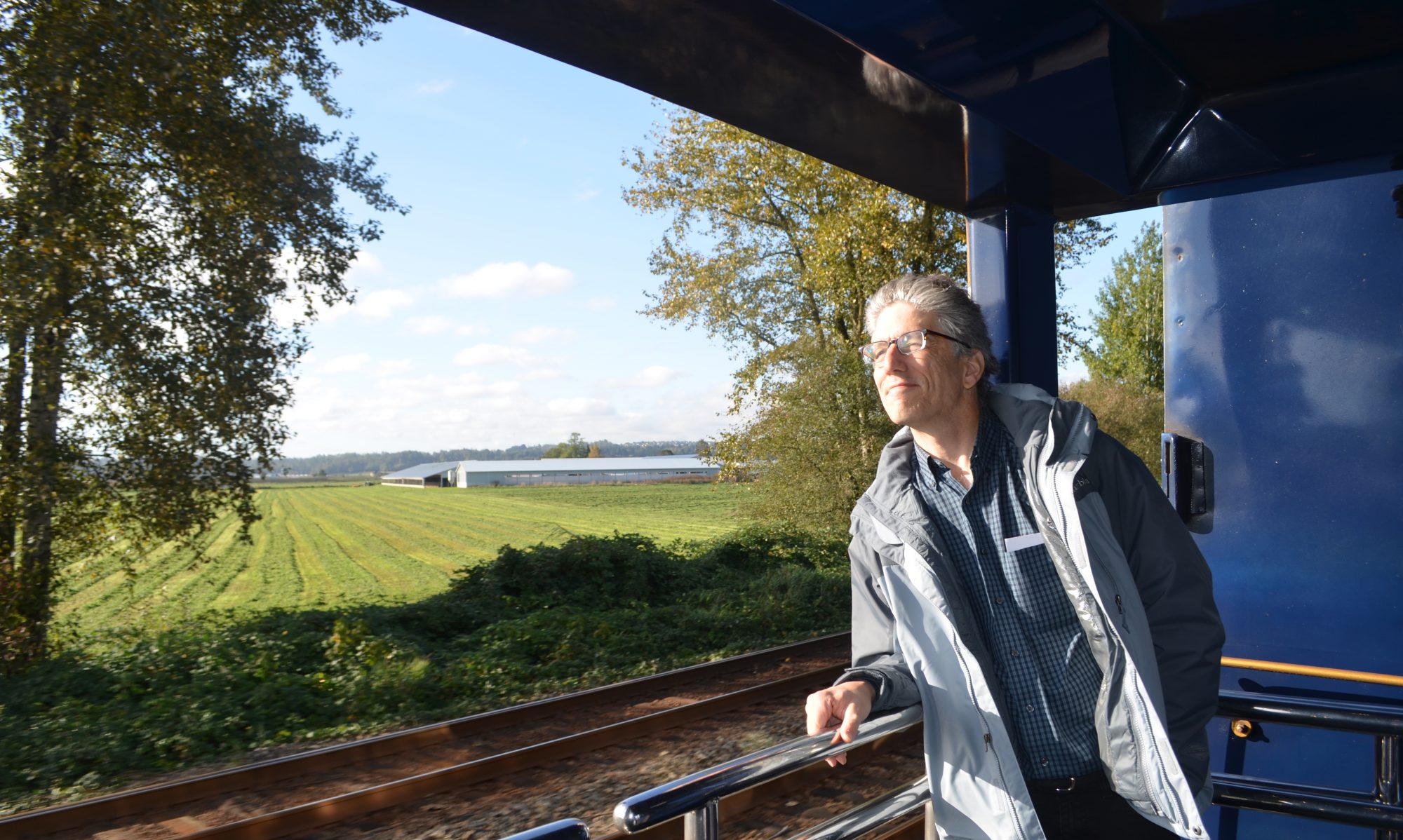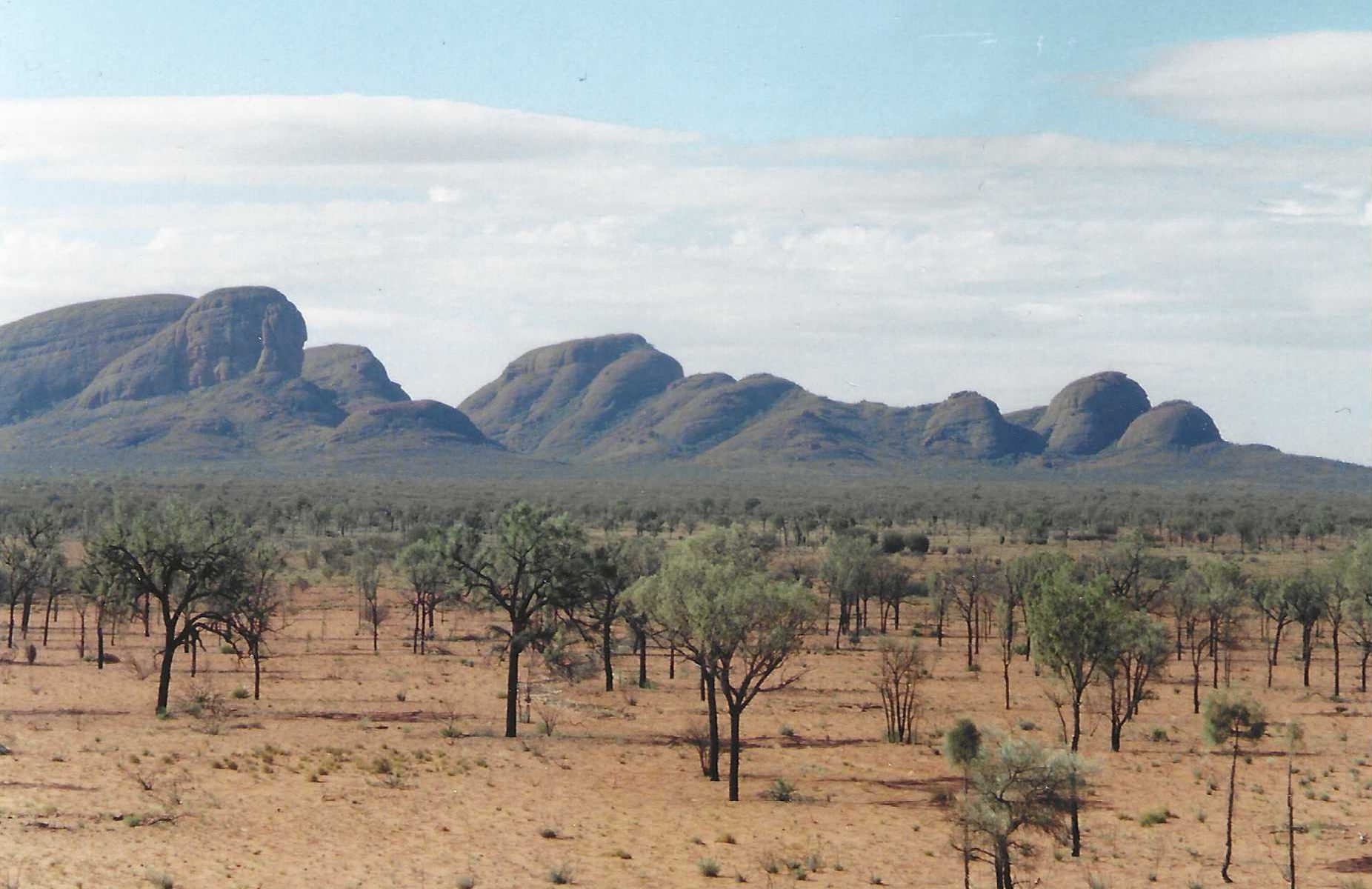Shakedown Cruise

“It was a shakedown cruise,
Shakedown cruise,
It got me shakin’ in my shoes,
Shakedown, shakin’ in my shoes,
And now I’m feelin’ kinda blue,
Shakedown, shakedown cruise!…..
–Jay Ferguson, from the song of the same name.
It’s difficult to do justice to a country the size of Australia in a month. The continent is so large and there’s so much to see and do, it’s impossible to get a taste of it even after six months. I wasn’t in Australia just to see the sights, though. Sure, I wanted to see Sydney and Melbourne as well as the Fringe Theatre Festival in Adelaide and the country music festival in Tamworth, but I was also beginning the final phase of my shakedown cruise before I hit Southeast Asia. It was my last chance to learn the ins and outs of backpacking before I went to countries where I didn’t speak the language.
New Zealand taught me the rhythm of the road and the challenges of independent travel, but it hadn’t taught me how to cope with the need to find inexpensive lodging in unfamiliar cities or arrange my own transportation. Magic had done that, and now I had to figure out myself.
If my first day down under was any indication, I had a lot to learn. After spending an hour working the phones at Sydney’s airport, I followed a Rough Guide to Australia recommendation and booked a bed at Barncleuth House. The backpacker hotel, also known as “The Pink House,” wasn’t the only option listed, but it was the only one with vacancies I could afford. Besides, the book described it as an “attractive art deco mansion with big dorms and a few doubles. Friendly and great location, though maybe a bit on the sloppy side….” How could I go wrong?
To paraphrase the brother of a friend, calling the Pink House “a bit on the sloppy side” was akin to saying “Othello” is a play about a black guy. It completely misses the point. There was a three inch thick layer of newspaper and food wrappers on the floor, clothes strewn everywhere and at least one of the women I was sharing the room with was sleeping when I arrived and sounded as if she were sawing down a whole forest. The same woman later awoke me to ask if I would be so kind as to kill the roaches on the ceiling. I guess it made perfect sense to her that I would want to do so. I was sleeping in the top bunk, after all.
The kitchen was just as bad. Most hostels have old silverware and beat up dishes in their kitchen cabinets so guests can make their own meals, but not this one. Instead, management stored cookware under lock and key and required a deposit to ensure the safe return of their precious utensils. No one told me this until after the desk clerk had closed up and gone home.
To get out of the neighborhood before all of the weirdos in the red light district hit the streets, no doubt.
Ironically, the Pink House’s location in the middle of Kings Cross, one of Sydney’s largest red light districts, was one of its few charms.
About the only stroke of luck I had was buying a $10 ticket for “Miss Saigon.” That was the good news. The bad news was that the performance was a week away, so I had to stick around, but there are worse things than being stuck in Sydney for seven days.
I don’t hate cities. I love them. Unfortunately, I tend to do city-type things when I visit them. As a result, I find myself going shopping, visiting museums and watching plays instead of roaming the countryside seeing how the rest of the world lives. Granted, Australians aren’t terribly different. They walk the same, they use the same words, they even do the same things for a living. In fact, the language may be the only difference.
Australians say they speak English, but I’m not so sure. While calling my sister in Florida, for example, I heard people in the hostel I was staying at yell something, but I couldn’t tell what they were saying. When my sister asked what the commotion was, I told her I wasn’t sure. “I think they’re paging someone. For all I know, they could be paging me but I wouldn’t be able to tell because I can’t understand a single word they‘re saying.”
As it turns out, they were paging me.
By this point in the trip I tried to get out of big cities as soon as I could. Since I was stuck in Sydney for a week, however, I made the best of it and took in the sights: the Opera House, the Harbour Bridge, Circular Quay, Hyde Park and the Museum of Contemporary Art. I wanted to get someone to take a picture of me posed in front of the Opera House so that it looked like the roof was sticking out of my head. Sadly, I couldn’t find any takers.
The two stops I enjoyed the most were the museums that gave unusual glimpses into the country’s culture and history: The Powerhouse and the Sydney Jewish Museum.
Located in a converted power station, the Powerhouse is a cultural history museum covering everything Australian including exhibits on Australian inventions, birth control and national views on contraception, the history of beer production and consumption, and a look at movie special effects. Visitors who shelled out $18 Australian could get a videotape they could use to record themselves in a variety of what apparently perilous situations thanks to special effects flashed on the screens behind them.
The exhibit that impressed me the most, however, focused on Australian marketing campaigns because it gave me new insight into Vegemite. Although I’d first heard of it years before in a Men At Work song featuring the line, “She just smiled and gave me a Vegemite sandwich,” I didn’t know what it was. (In fact, it took me months of listening to the song to understand what the group was really saying. I originally thought were singing, “She just smiled and gave me a bite of my sandwich,” which made no sense at all, but since when has rock and roll made sense?).
Not knowing may have been a good thing.
As it turns out, the thick brown substance with the consistency of apple butter that Australians slather on toast may be one of the greatest miracles of modern marketing since the days when Coca-Cola retained market share even after the company stopped using cocaine (leaving behind nothing but flavored battery acid).
If I recall correctly, it got its start when beer makers were looking for a way to get rid of yeast after the brewing process and discovered the by-product was rich in B vitamins. Being enterprising marketers, the brew-meisters launched the perfect ad campaign for parents concerned about kids’ health. All it took was the slogan “Puts a rose in every cheek” and parents went scrambling. Of course, these are the same mums and dads who fed their children Cod liver oil because it was good for them, regardless of taste. Like most Kiwis, many Aussies have never seemed too concerned about taste, if the restaurants I went to are any indication. It’s almost as if Australians never really enjoyed eating and see it as a task they must undertake for the good of Mother Country.
All the brewers had to do was hook one generation to succeed. Once parents fed the goop to their children it meant those children would feed it to their kids and those kids would give it to their offspring, even if the spread tasted like, well, brewer’s yeast. It’s the same evolution peanut butter went through in the U.S. when George Washington Carver discovered peanuts had nutritional value. In the years since I haven’t heard anyone ask if it’s a good idea to serve peanut butter to children, they just do it.
I finally tried Vegemite when I found a half full jar in the kitchen of the hostel I moved to after escaping The Pink House. Many people told me the best way to eat it is to slather butter on toast followed by a thin layer of the stuff. This didn’t sound good. I mean, if it was so great, why didn’t Aussies smother their toast the way Americans bury bread under layers of Skippy’s Extra Crunchy?
I learned the answer when I popped a piece of Vegemite coated toast in my mouth. It was so foul I had to spit it out. I suppose I shouldn’t have been surprised. After all, what could I expect from something that was left over from the brewing process? Now I see why the Men At Work song says, “she just smiled and gave me a Vegemite sandwich.” She not only knew how bad it was she also knew the narrator of the song was a dumb American who didn’t know any better.
The Powerhouse’s displays and exhibits may have made learning Australian history fun, but it was nothing compared to the guilty pleasure of Sydney’s Jewish History Museum. Especially for a nice Jewish guy like me who has been raised to think only the best of his co-religionists (except for Jerry Lewis, who doesn’t really count). Visiting this museum is like researching the family tree and discovering an ex-convict on one of the branches. While many Jews might be outwardly appalled, most would get a secret thrill from knowing there was at least one odd duck in the family tree. In the case of this former penal colony there are more than 1,000 black sheep and the displays tell the often odd tales of the more unusual suspects.
Thief Teddy Davis escaped from prison four times and established a band of marauders who so terrorized early settlers they called his group “The Jewboy Gang.” Ikey Solomon’s exploits were so infamous they not only prompted several books in Britain, they also inspired the character Fagin in “Oliver Twist” by Charles Dickens.
Joseph Simmons who had his death sentence for killing a policeman commuted to life in prison when the hangman tried to execute three times in one day and had the rope snap each time.
Australians with convict ancestors used to be ashamed of their family history, but now Jews and Gentiles alike are so proud of it that families who had relatives on the First Fleet, a sort of penal Mayflower, have more prestige than later arrivals. If you’re into keeping score, there were 16 Jews among the first 821 convicts.
I liked the museum so much I wrote a story about it and sent it back to the Jewish Transcript, Seattle’s Jewish newspaper. The editor liked it so much he never printed it.
Although I had been on the road more than a month, I was still having problems adjusting to a life without deadlines. During my last day in Sydney I called my voice mail to check messages only to discover my telephone number no longer existed. Understandably, this came as a great shock to me because I hadn’t discontinued phone service.
The sudden disconnection wasn’t my biggest shock of the day, however. The Capitol Theater was. Even though I had a seat in row XX for “Miss Saigon,” the view was surprisingly good. All of the players appeared life size and their facial expressions were still distinguishable despite the distance. In addition, my seat in the rows nearest the ceiling allowed me to see the sky and stars quite clearly because the theatre projects them onto the ceiling when the house lights are on. Perhaps the most disconcerting moment of the whole evening came before the end of the first act when the Vietcong rolled out a larger than life sized statue of the the Engineer, the male protagonist, onto the stage and it appeared to be missing its head. To this day, I’m still not quite sure whether the statue had a head and I just couldn’t see it from my angle or if it was missing a head because Andrew Lloyd Webber, or whoever wrote the play, is trying to make a point.


